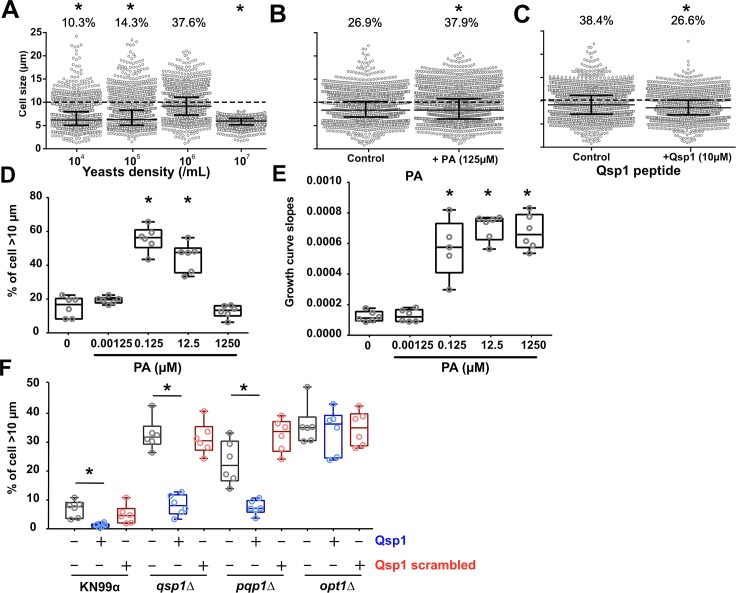Fig 6. Generation of titan cells in vitro is influenced by cell concentration and quorum sensing molecules.
(A) The cell concentration at onset of step 2 significantly modified titan cells generation with a maximal titan cells formation using an initial concentration of 106 cells/mL, and an abolition of titan cells formation at 107 cells/mL; We then tested several factors at step 3 by adding (B) Pantothenic acid (PA) at 125 μM which had no impact on cell size distribution but significantly increased the proportion of titan cells produced; (C) quorum sensing peptide 1 (Qsp1p, 10μM) which significantly decreased cell size distribution and the proportion of titan cells produced; (D) The proportion of titan cells generated is influenced by the concentration of PA with a significant increase of titan cells at 0.125 μM and 12.5 μM (* p<0.001). (E) Growth curves were measured continuously during titan cells generation and showed a significant increase of the doubling time (slope) from 0.125 μM of PA. Titan cells formation and growth rate is not correlated since titan cells formation is inhibited at 1250 μM of PA and the doubling time increased. (F) Qsp1 acts as a repressor of titan cells formation as the addition of Qsp1 peptide inhibited titan cells formation (*p<0.001). A control using scrambled peptide showed no effect on titan cells formation. The qsp1Δ and pqp1Δ complemented by addition of Qsp1p showed an increase in titan cells formation. No effect of the Qsp1p was observed on opt1Δ, the deletion mutant of the Qsp1 transporter Opt1. A specific titan cells inducing conditions was implemented for D, and E to allow induction of titan cells in a 100-well plate and continuous measurements of growth curves using the Bioscreen apparatus.

